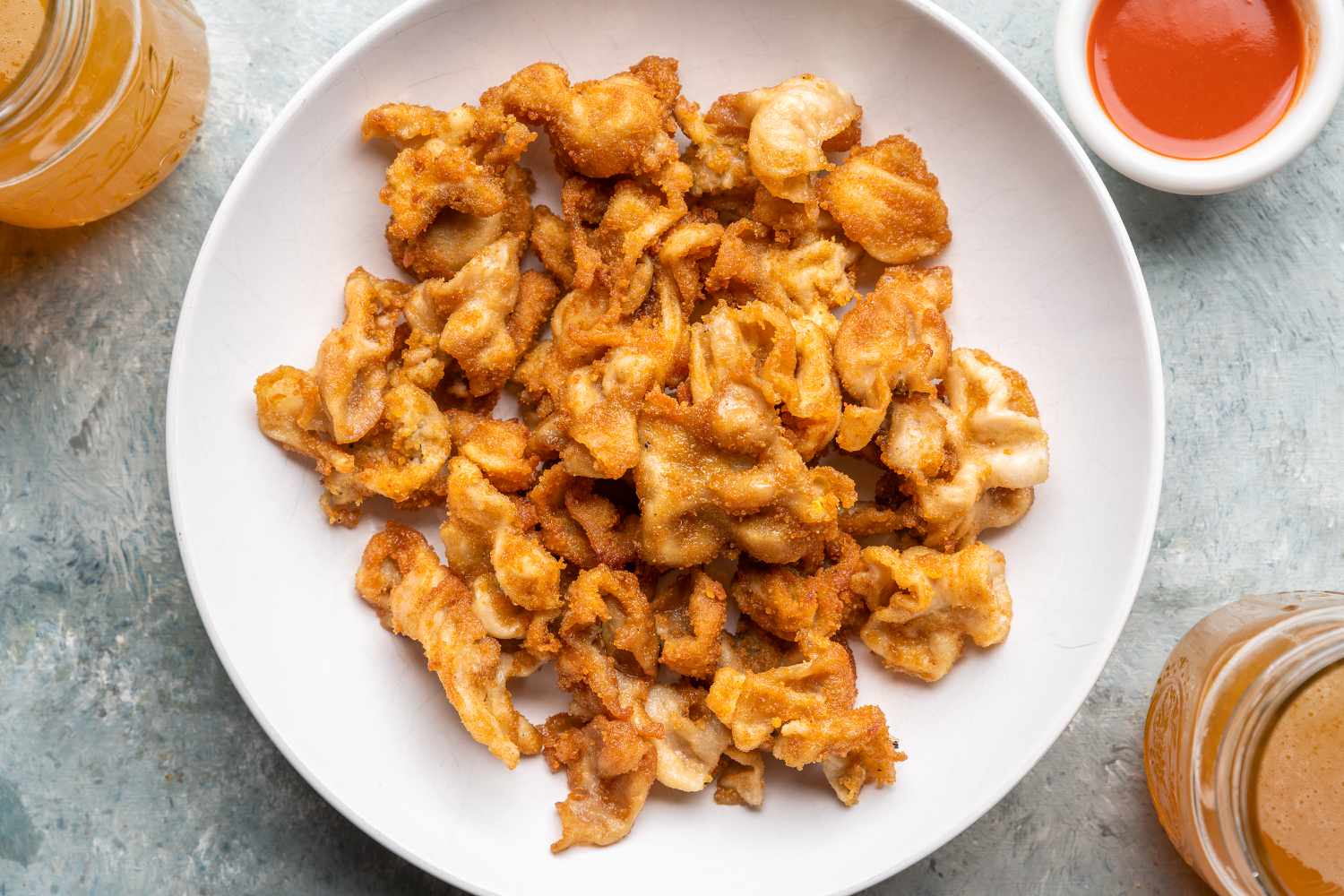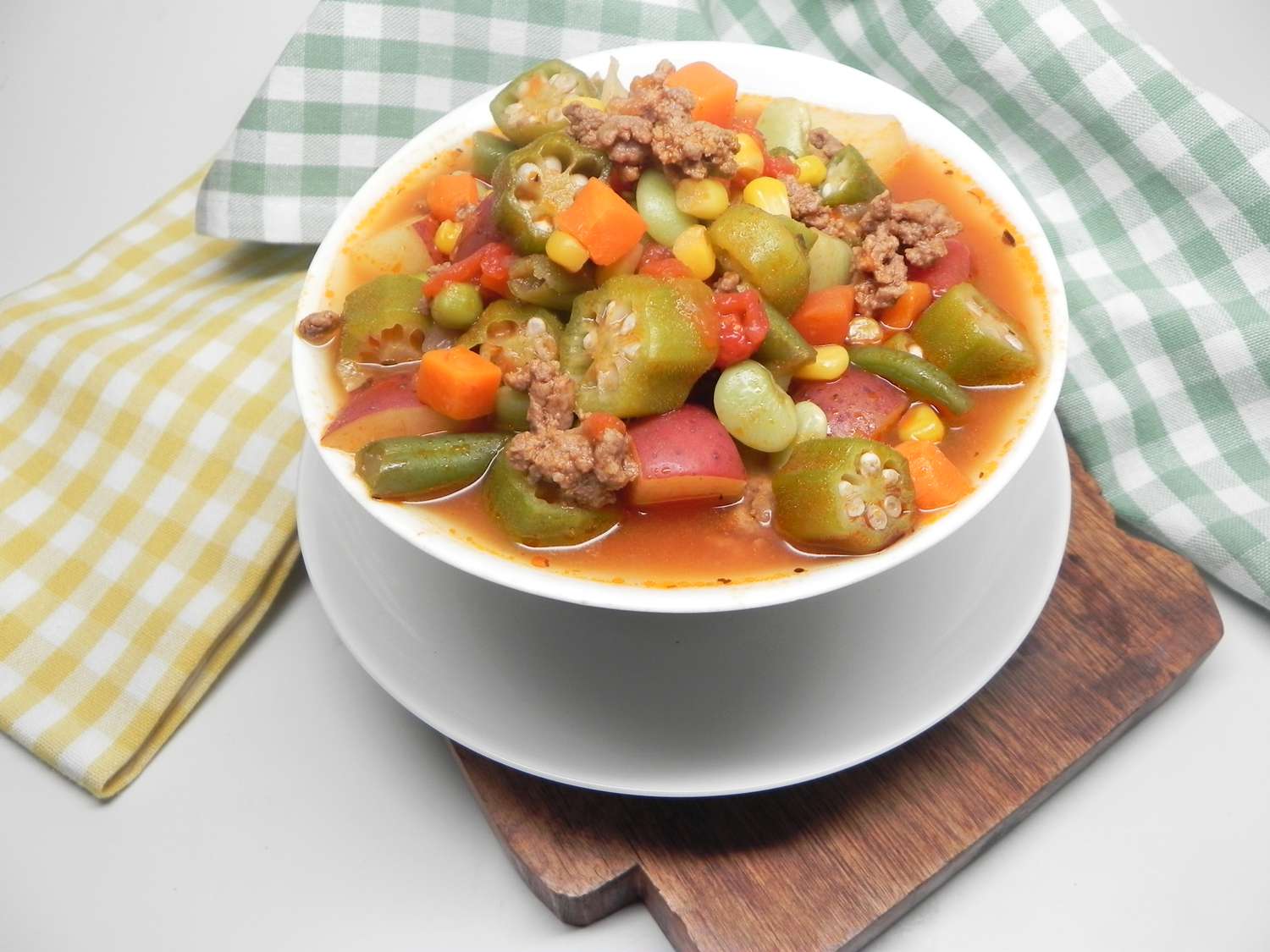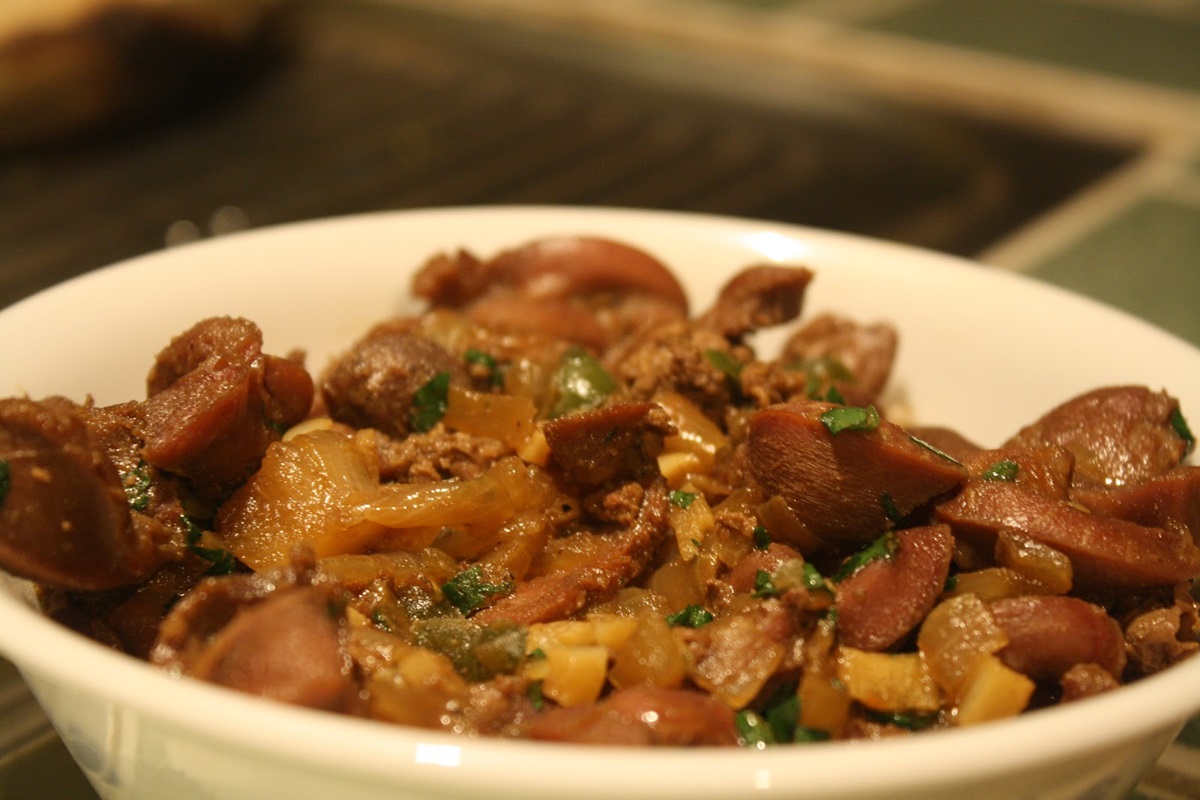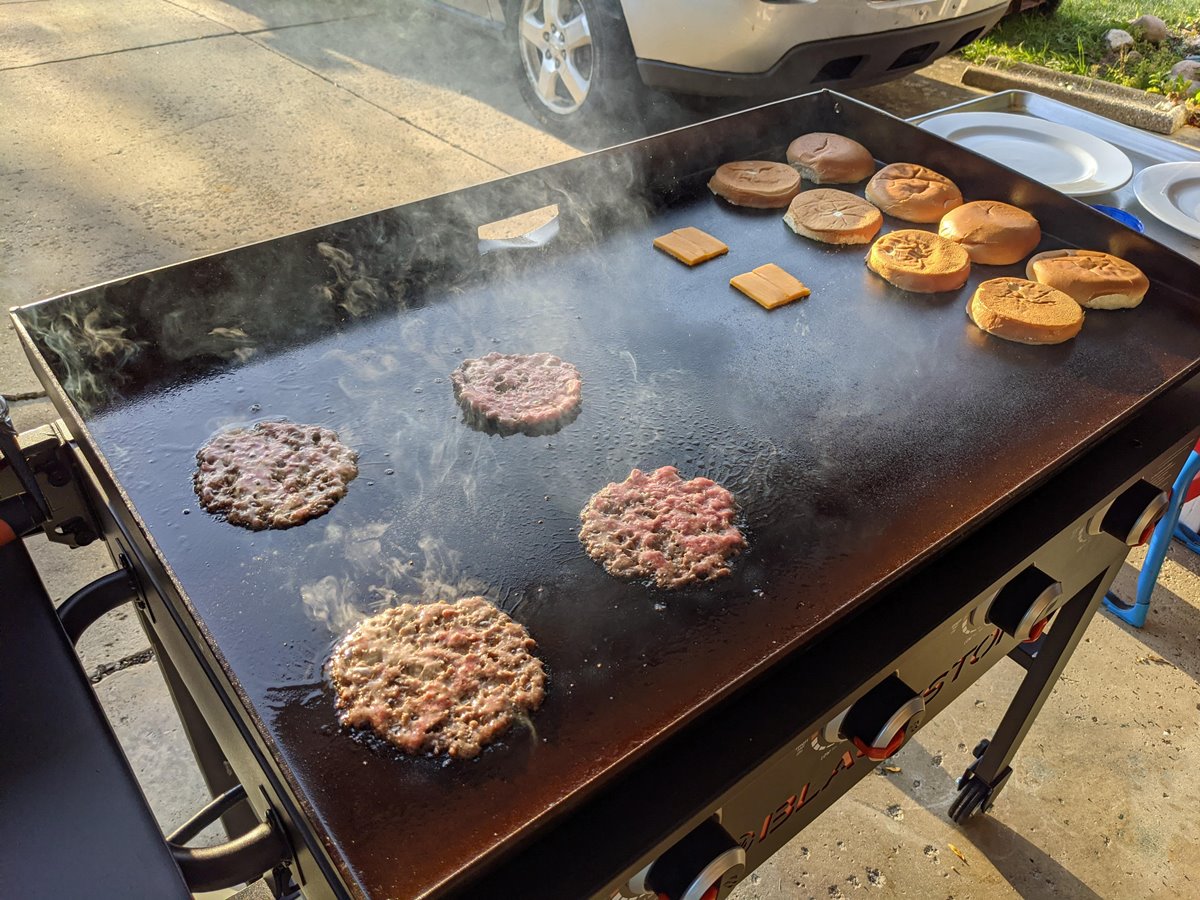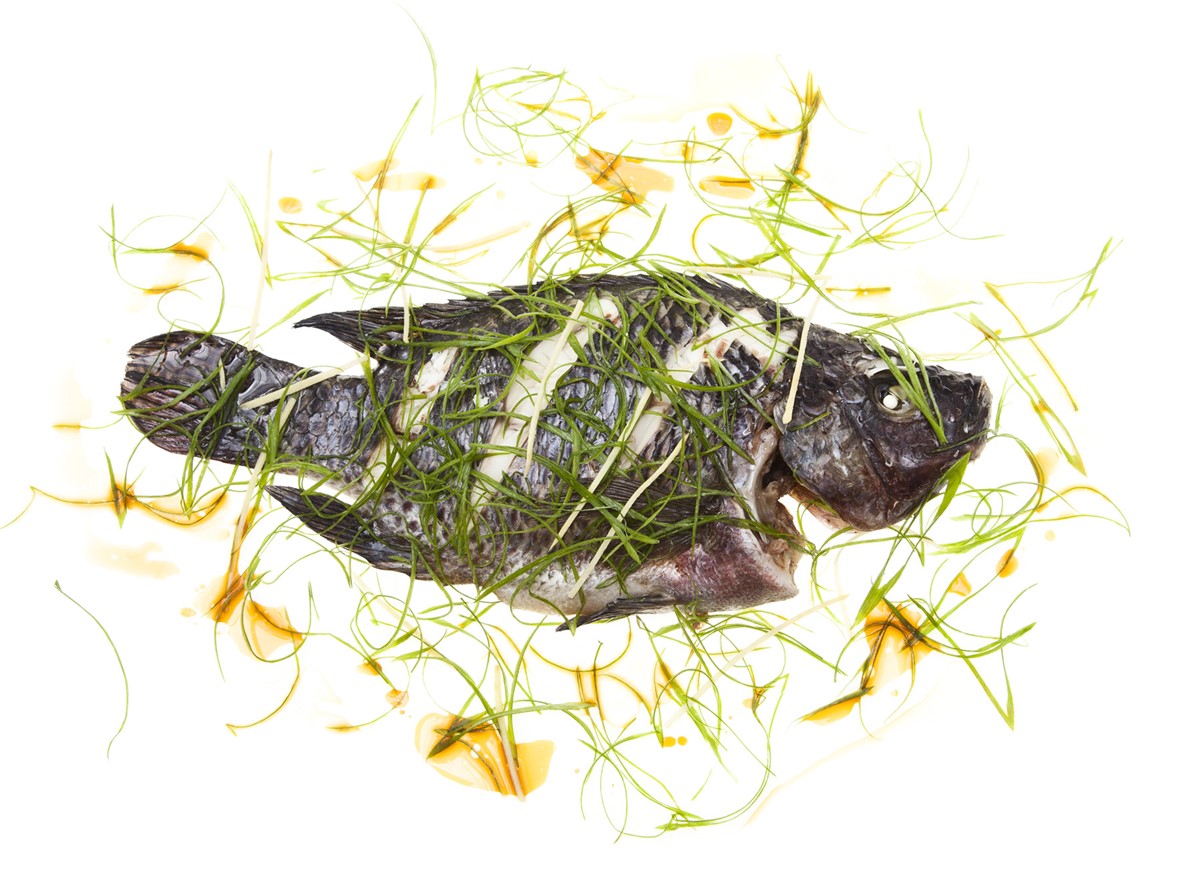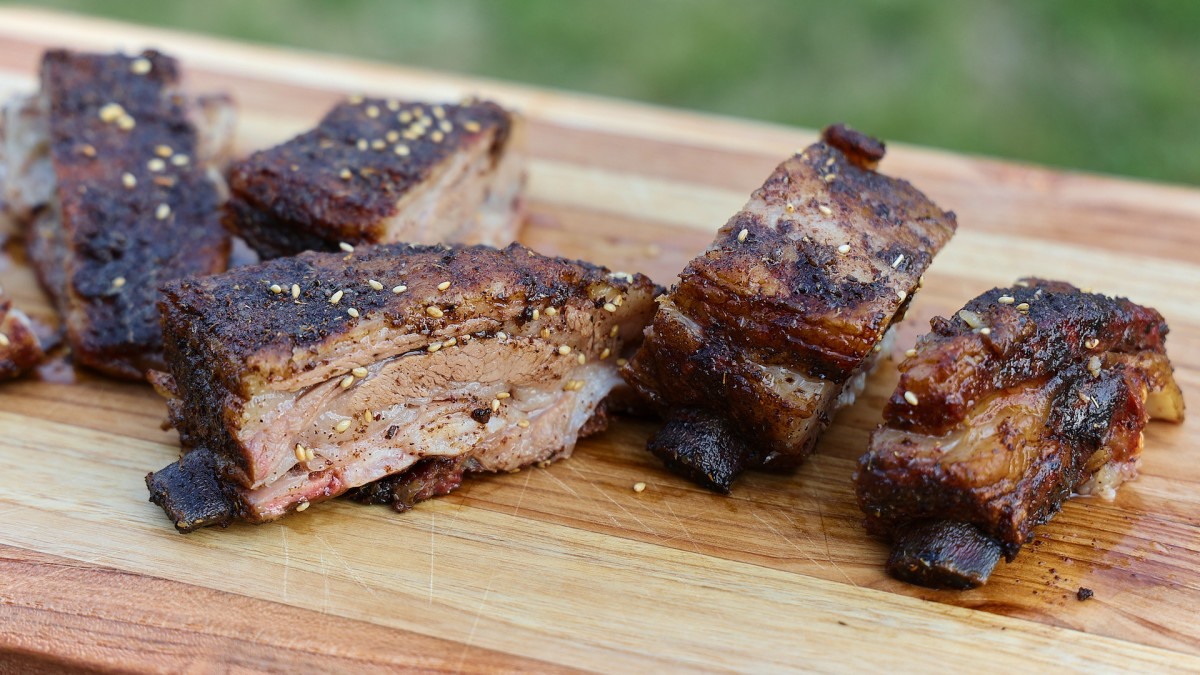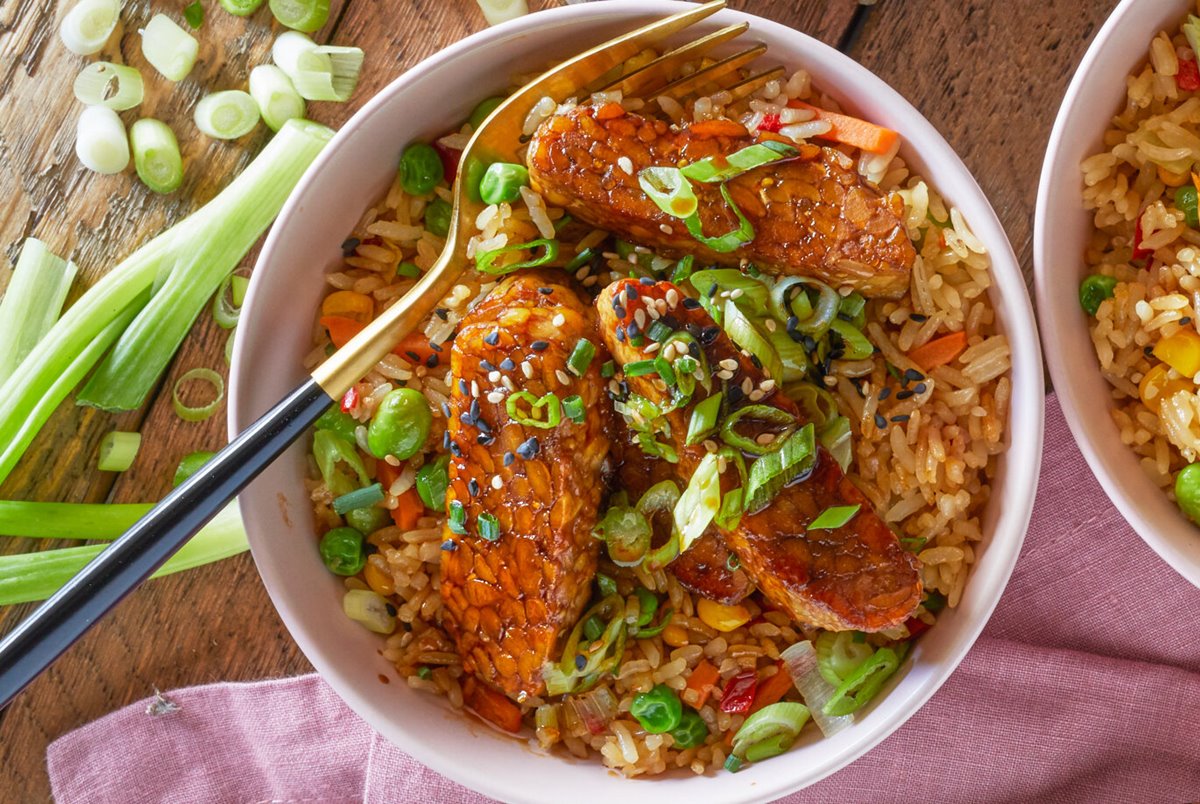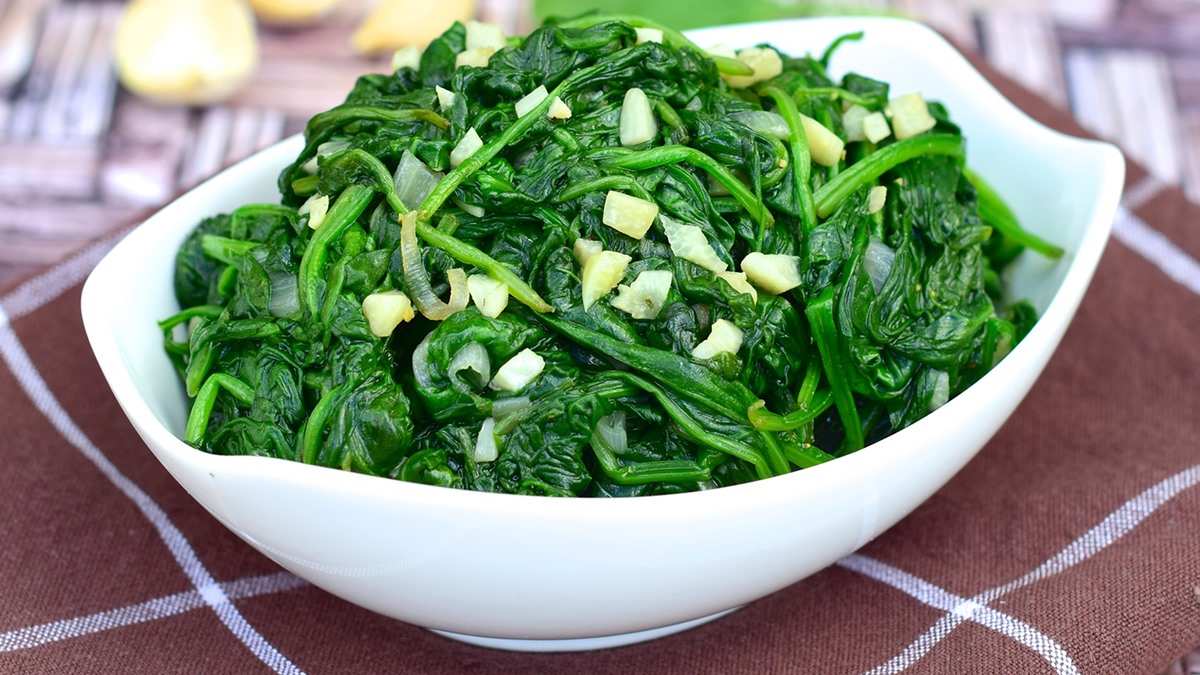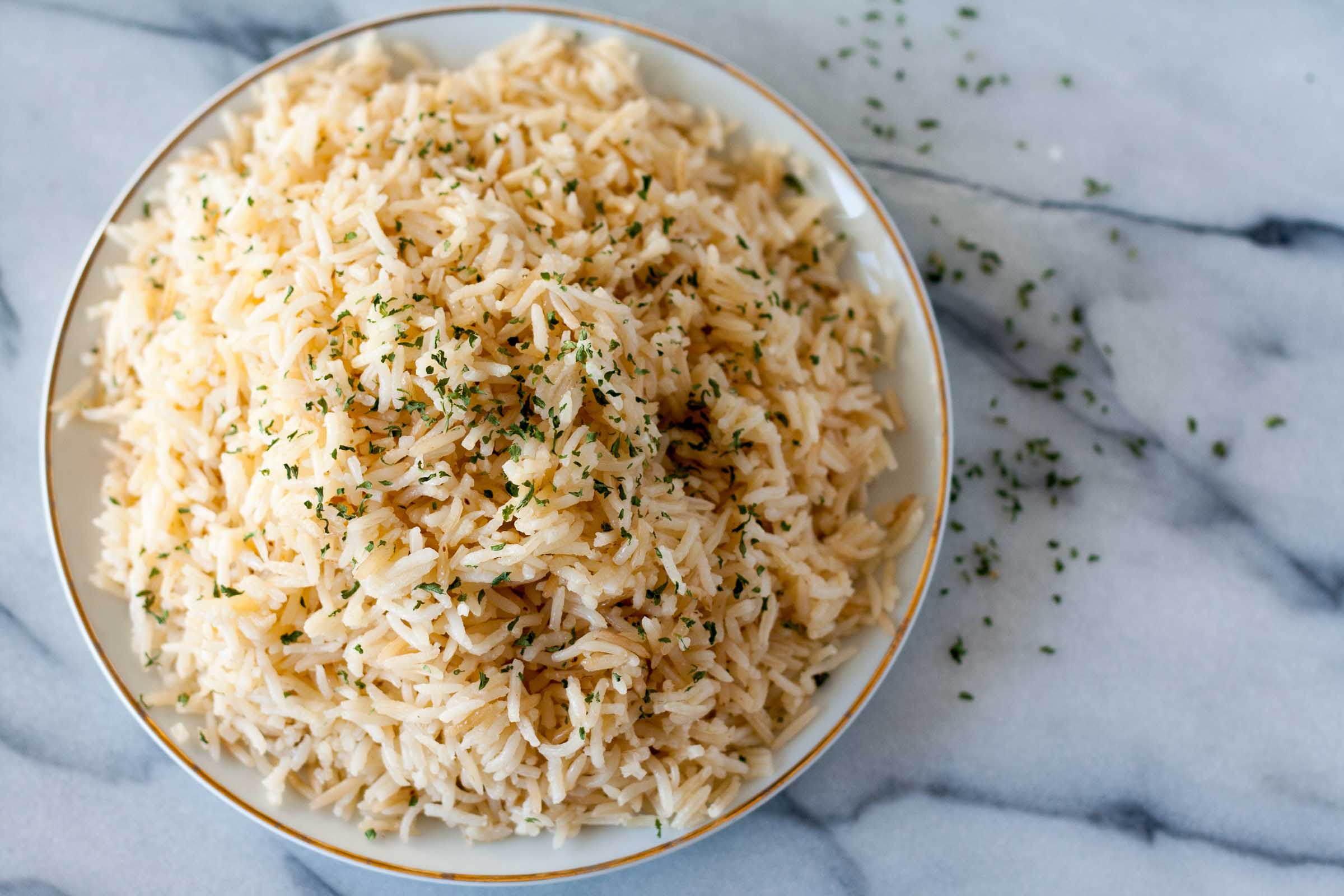Cooking African yams, a staple in many African cuisines, offers a delightful journey into the heart of traditional flavors. Unlike their sweet counterparts, these tubers boast a starchy texture, making them incredibly versatile in the kitchen. From boiling and frying to roasting, African yams can transform into a variety of dishes, each offering a unique taste experience. Perfect for anyone looking to expand their culinary horizons, this guide will walk you through the basics of preparing these delicious tubers. Get ready to explore the rich, earthy flavors that African yams have to offer, and add an exotic twist to your meals.
Essential Ingredients for Cooking African Yams
- African yams (1-2, depending on size)
- Salt (to taste)
- Water (for boiling)
- Butter or olive oil (2 tablespoons)
- Optional: Herbs and spices (such as thyme, garlic powder, or chili flakes)
Necessary Tools for African Yam Preparation
- Large Pot
- Sharp Knife
- Cutting Board
- Vegetable Peeler
- Colander
- Serving Dish
Cooking African yams involves peeling, slicing, and boiling or frying until tender. Seasoning varies, from simple salt and pepper to complex spice blends, enhancing their naturally earthy flavor.
The Importance of Cooking African Yams
Cooking African yams is more than just preparing a meal; it's about embracing a rich cultural heritage and introducing diverse flavors into our diet. These starchy tubers, when cooked properly, offer a unique taste and texture that can transform ordinary dishes into extraordinary culinary experiences.
In many African communities, yams hold significant cultural importance, symbolizing wealth and prosperity. Learning to cook them connects us with traditions that have been passed down through generations. It's a way to honor history while enjoying nutritious, flavorful food that nourishes both body and soul.
Your Guide to Cooking African Yams Step by Step
-
Selecting Yams: Start by choosing firm and blemish-free African yams from your local market or grocery store. Look for ones that are heavy for their size.
-
Washing: Rinse yams thoroughly under cold running water to remove any dirt or debris. Use a clean scrub brush if necessary.
-
Peeling: With a sharp knife, carefully peel off the thick, bark-like skin. Discard skins and wash yams again.
-
Cutting: Depending on your preference or recipe requirements, cut yams into rounds, cubes, or slices. For even cooking, try to make pieces uniform in size.
-
Boiling: Place yam pieces in a large pot and cover with water. Add a pinch of salt. Bring to a boil, then reduce heat and simmer until tender, usually about 15-20 minutes. Test doneness with a fork.
-
Draining: Once cooked, drain yams in a colander. Return them to the pot or transfer to a serving dish.
-
Serving: Enjoy boiled yams as is, or mash them with a little butter, milk, and seasoning for a delicious side dish.
Mastering African Yam Dishes
Cooking African yams is an adventure in flavors and textures, offering a delightful journey into traditional and modern cuisine. Whether boiled, fried, or roasted, these tubers serve as a versatile base for a myriad of dishes. Embracing the simplicity of the cooking process allows the natural sweetness of yams to shine through, complementing both spicy and savory flavors. Remember, the key to a perfect dish lies in selecting the right yams, understanding their unique characteristics, and experimenting with various cooking methods. With practice, anyone can master the art of preparing African yams, turning simple ingredients into extraordinary meals. So, grab your apron, and let's get cooking!
With the guide on How To Cook African Yams, readers can venture into a variety of delightful recipes. They could start with Spiced Yam Fries, which brings a tasty kick to their meal. For those who enjoy a crispy texture, Crispy Yam Fries are a must-try. On cooler days, a bowl of Hearty Yam and Vegetable Stew offers a comforting experience. Another warm option is Traditional Yam Porridge, a classic that never disappoints. For a unique blend of flavors, Yam Coconut Curry combines the richness of yam with the creaminess of coconut. Readers looking for a lighter dish might enjoy Yam and Bean Salad, perfect for a fresh, nutritious meal. Finally, for a fusion of flavors, Yam and Fish Stew stands out with its savory mix. These recipes provide a range of tastes and textures, making the cooking journey both exciting and rewarding.
Common Questions About Cooking African Yams
How do I select the best African yams for cooking?
Look for yams that are firm to the touch with smooth, unblemished skin. Avoid any with signs of mold or sprouting. The heavier they are, the more moisture they contain, which usually means a better taste.
What's the basic method to cook African yams?
Peel the yams, cut them into chunks, and rinse under cold water. Then, boil in salted water until tender, which typically takes about 15-20 minutes. You can also test for doneness by piercing them with a fork.
Can I cook African yams without boiling?
Absolutely! Yams can be roasted, fried, or even grilled. For roasting, coat them lightly with oil and bake at 375°F until they're tender. If frying, slice them thinly and fry in hot oil until crispy. Grilling involves slicing them, brushing with oil, and cooking on a grill until they have nice char marks.
What are some common spices to enhance African yams?
Nutmeg, cinnamon, and ginger pair wonderfully with yams. For a savory twist, try garlic powder, paprika, or cayenne pepper. Always start with a small amount and adjust according to your taste preferences.
How do I store leftover cooked yams?
Allow them to cool completely, then place in an airtight container. They'll last in the fridge for up to 5 days. For longer storage, freeze them in a single layer before transferring to a freezer bag, where they'll keep for several months.
Are African yams the same as sweet potatoes?
No, they're not the same. African yams are starchier and drier than sweet potatoes. While both can be used in similar recipes, they offer different textures and flavors. Yams are also generally larger and have a tougher skin.
Can I make yam flour at home?
Yes, you can make yam flour by slicing yams thinly, drying them completely in an oven or dehydrator, and then grinding the dried slices into a powder. This flour can be used in a variety of recipes, offering a gluten-free alternative to traditional wheat flour.
Was this page helpful?
Read Next: How To Cook Pork Loin In Convection Oven

